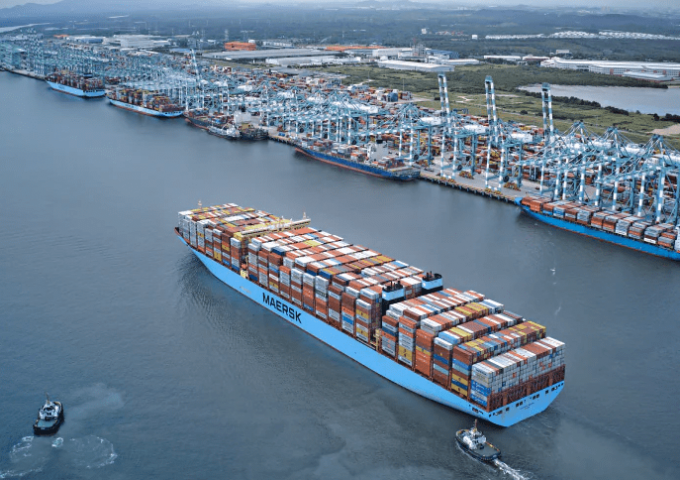Freight rates will stay high next year – no respite for shippers, predicts Drewry
Some three million teu of new tonnage arriving next year will most likely be “more ...

Hard capacity management by Asia-North Europe carriers, combined with the threat of huge FAK rate increases, appears to have staunched the container spot rate decline on the route.
Short-term rates are beginning to edge up, albeit from very low levels, after several consecutive weeks of 10% declines.
The proposed circa-$1,800 per 40ft FAK rate increases from 1 November, and the reduced service “winter schedule” announced by 2M alliance partners Maersk and MSC this week, are understood ...
Volcanic disruption at Anchorage could hit transpacific airfreight operations
Macron calls for ‘suspension’ – CMA CGM's $20bn US investment in doubt
Forwarders stay cool as US 'liberation day' tariffs threaten 'global trade war'
Shippers snap up airfreight capacity to US ahead of tariff deadline
De minimis exemption on shipments from China to the US will end in May
Tighter EU import requirements proving 'a challenge' for forwarders
Looming Trump tariffs will create 'a bureaucratic monster' for Customs

Comment on this article